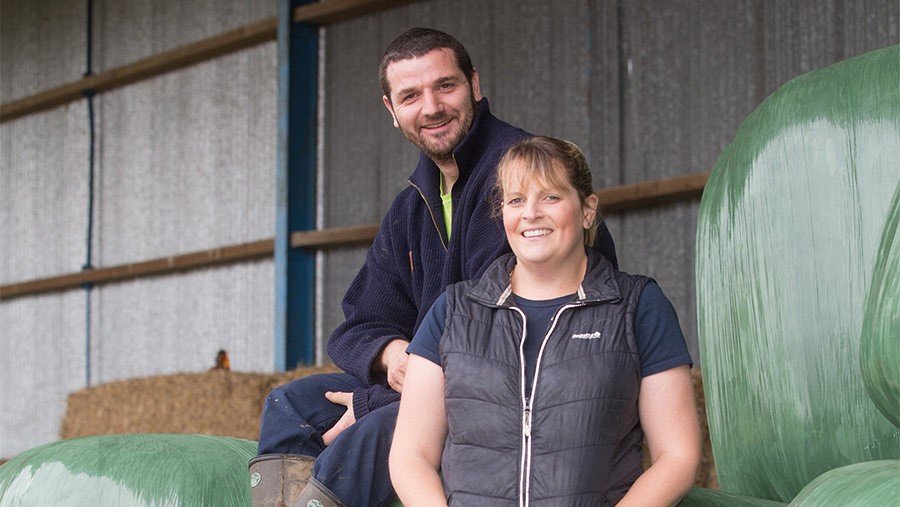
A pioneering project to breed an ultra-low emission sheep is about to commence on a Herefordshire farm.
Sheep breeders Rob and Jo Hodgkins of Kaiapoi Farm will measure emissions from a group of Romney rams and identify those that produce the least methane.
The Hodgkins will select the rams with the lowest output and breed from them, creating youngstock which should also produce less methane.
The project, funded by Innovate UK, builds on work already done on Romney sheep in New Zealand, which demonstrated that methane levels could be a heritable trait in sheep.
The Kaiapoi flock has strong genetic links to the animals involved in that research project, and it is predicted that the flock’s methane production could be reduced by up to 25%.
Scotland's Rural College (SRUC) will oversee in-field methane measurements by holding each animal in a portable accumulation chamber (PAC), collecting the gas it emits over the course of one hour, breaking it down by type and analysing it.
The project will also examine increasing meat and wool yield with a view to reducing the amount of carbon produced per kilogramme of meat and wool (1.4kg of wool stores 1kg of carbon).
Ross Robertson, head of mixed farming at Agri-EPI Centre, which is helping to spearhead the project, said: “Methane emissions from livestock production are an important contributor to climate change, and farmers are under pressure to act.
"Innovative farmers like Rob and Jo could provide huge benefits to the UK and international sheep sector, and to the pursuit of sustainable food production."
In the case of sheep, valuable rams with high estimated breeding values (EBVs) may still be producing high levels of methane.
But if breeders can breed a demonstrable reduction into the system, the potential for climate change mitigation and for the economic health of the sector is strong.
Rob Hodgkins from Kaiapoi Farm, said the project would demonstrate how livestock producers could be part of the solution to produce food sustainably rather than being the problem.
"It’s not the whole answer, obviously, but if we can cut methane emissions by 15% without reducing productivity and do so relatively quickly and cheaply, it would go some way," he added.
"I predict that within ten years, domestic and global commercial interest in low-methane livestock will be very high.
"By doing the work just now, we will be in a strong position to maintain our commercial advantage."
